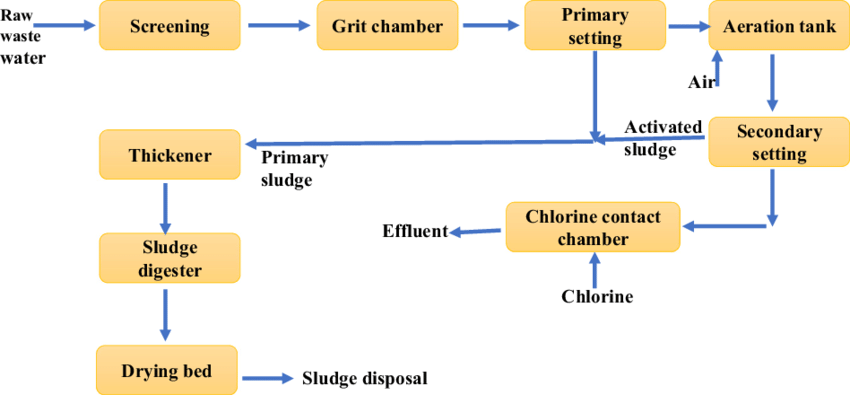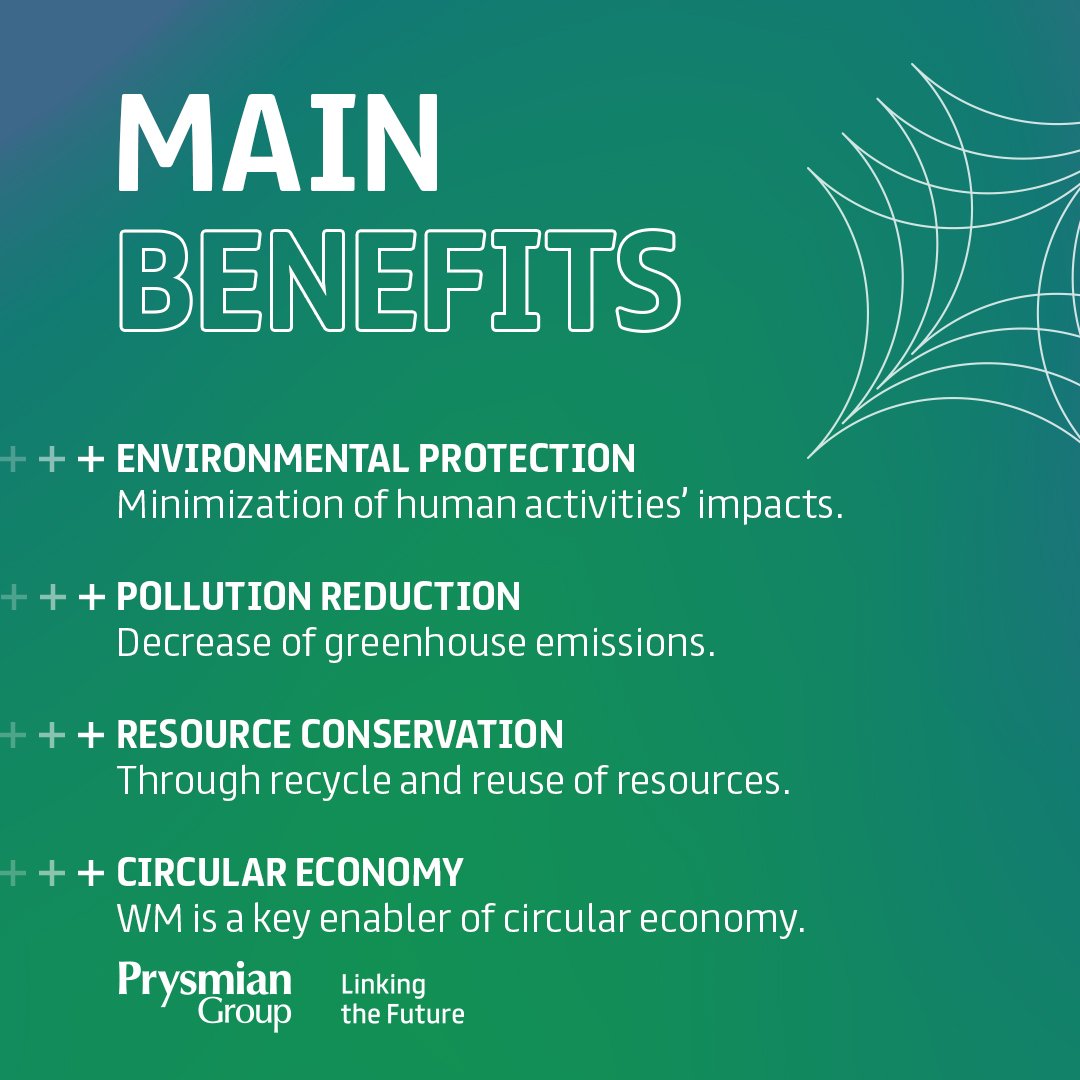Excitement About Reclaim Waste
Table of ContentsThe smart Trick of Reclaim Waste That Nobody is Talking AboutThe Of Reclaim WasteThe 2-Minute Rule for Reclaim WasteReclaim Waste - An OverviewEverything about Reclaim Waste
Domestic sewer waste refers to the waste and products from a property septic storage tank. The proper administration and disposal of domestic sewage waste require liquid waste to be moved to a sewage treatment plant where the correct methods and devices are used to cleanse and dispose of waste.
Business waste frequently consists of potential dangers, such as combustible materials or a blend of liquid and solid waste items, and calls for an advanced and comprehensive disposal procedure. The disposal of business waste usually entails the filtration of waste before transport to make certain safe and appropriate disposal. Hazardous waste is created from by-products and overflow of commercial procedures and manufacturing.
This kind of waste can not utilize the exact same sewage monitoring transportation or processes as septic or industrial liquids. The industrial waste administration procedure calls for the inspection and testing of liquid waste before it goes through the disposal process (liquid waste disposal). Drainage waste is the fluid waste that comes from overflow and excess stormwater in extremely inhabited locations or cities
Overflow waste can cause contamination and flooding if not handled properly. Ensuring correct waste management can prevent calamities and lower environmental harm.
The Best Strategy To Use For Reclaim Waste
Get in touch with PROS Services today to discover about our waste monitoring and disposal services and the correct ways to look after the liquid waste you create.
Do you know what takes place to your water when you end, flush the commode or drain pipes the washing device? No? Well, it deserves recognizing. This supposed 'wastewater' is not only an important resource but, after treatment, will be released to our land, rivers or the ocean. Made use of water from bathrooms, showers, baths, cooking area sinks, washings and industrial procedures is referred to as wastewater.

water utilized to cool down equipment or clean plant and devices). Stormwater, a form of wastewater, is drainage that flows from agricultural and city areas such as roofs, parks, gardens, roadways, paths and rain gutters right into stormwater drains, after rainfall. Stormwater streams untreated straight to local creeks or rivers, ultimately reaching the ocean.
Examine This Report about Reclaim Waste
In Queensland, many wastewater is treated at sewer therapy plants. Wastewater is carried from residential or commercial websites via a system of sewage systems and pump terminals, called sewerage reticulation, to a sewage treatment plant. Regional federal governments construct, keep and operate most sewage treatment plants. Operators are licensed under the Environmental Management Act 1994 to discharge treated wastewater at an acceptable environmental standard into waterways.
The Division of Natural Resources suggests city governments concerning handling, operating and preserving sewage systems and treatment plants. In unsewered locations, regional governments may require householders to mount specific or house sewer treatment systems to deal with domestic wastewater from toilets, kitchens, shower rooms and laundries. The Department of Natural Resources authorizes making use of home systems when they are shown to be effective.
In some brand-new communities, treatment of some stormwater to get rid of trash, sand and gravel has actually begun using gross pollutant traps. Wastewater treatment happens in 4 stages: Gets rid of strong matter.
Utilizes little living organisms understands as micro-organisms to damage down and remove staying liquified wastes and fine bits. Micro-organisms and wastes are included in the sludge.
Little Known Facts About Reclaim Waste.
Nutrient elimination is not readily available at all sewer therapy plants due to the fact that it calls for pricey specialized tools. Clear fluid effluent generated after therapy might still include disease-causing micro-organisms - liquid waste removal.

This usually means wastewater has actually to be dealt with or pollutants removed prior to it can be released to waterways. Most wastewater flows into the sewage system. Under the Act, neighborhood federal governments provide approvals and permits for eco pertinent activities (ERAs) involving wastewater launches that may have a local influence. The division provides approvals and permits to ERAs entailing wastewater launches that might have a local or statewide effect.
The Only Guide to Reclaim Waste
Otherwise, samples are considered research laboratory analysis. Often numerous examinations are needed to establish the degrees of each of the various contaminants such more helpful hints as oils, hefty steels and chemicals in water. Monitoring offers accurate details about water high quality and can validate that permit conditions are being fulfilled. The information obtained with tracking supplies the basis for making water top quality choices.
Comments on “Reclaim Waste - An Overview”